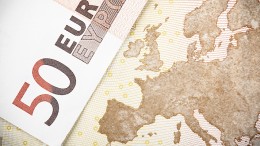Eurozone’s Inflation Overshoot Is The Natural Slope
BoAML | Even with structural reforms, trend GDP growth may not be consistent with comfortable debt sustainability in key peripherals by the time inflation normalizes. If the euro area does not make progress towards fiscal union in the meantime, the ECB will likely have to remain involved on the bond market.










